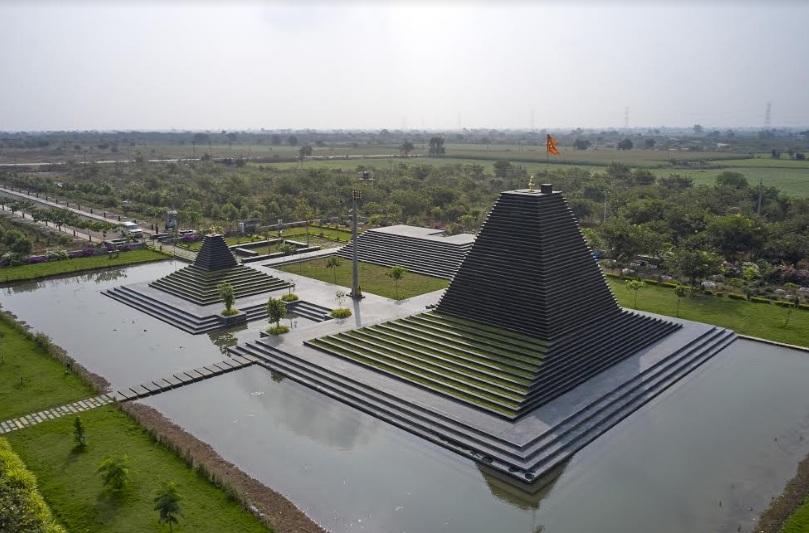JSW Cement dedicates new Balaji temple to the community of Nandyal

- JSW Cement has constructed the beautiful new Balaji temple using black limestone at Nandyal in Andhra Pradesh
- Balaji Temple Project included revitalizing the water source necessary for the local community’s agriculture needs
Through this temple project, JSW Cement’s aim was to bring together the community’s cultural expectations for a temple as well as revitalize the water source that had run dry for many years. The area surrounding the location identified for the temple is known for its cotton and chilli farms. Thus, revitalizing the water source was essential to restart the agricultural economy of the region.
According to Mrs. Anushree Jindal of JSW, “JSW Cement believes in collaborating with local communities to empower them for a better future. I feel blessed and privileged to have facilitated the creation of a pious, safe haven of worship for the local community of Nandyal. Parth and I are pleased to dedicate the new Balaji temple to the local communities & devotees of Lord Venkateswara. This temple is designed to offer a tranquil and peaceful social space for the local community members. The area where this temple is constructed as a natural canal that had gone completely dry. We were very clear that the new temple should be designed thoughtfully with a view to revitalize the canal and bring its water back for the benefit of local villagers residing in this area.”
Commenting on the temple’s design Sameep Padora, Founder of sP+a said, “We are thrilled that JSW Cement mandated us to design and construct such a prestigious temple project. While working with Balaji’s temple’s traditional planning principles, the core design idea was to address the socio-cultural expectations of the surrounding residents while developing an ecological framework to revitalize the groundwater source.”
The ecological restoration associated with the construction of the Balaji temple began with the recharging of groundwater. The dry low lying space in the temple vicinity was consolidated into a water retention pond, by redirecting water overflow from a nearby limestone quarry. The water from the limestone quarries led to a recharge pit or ‘kund’, the banks of which were re-imagined as a social space, in the form of steps or ghat. The idea of a ghat bridging the relationship of land with water is a significant part of the quintessential Indian spiritual experience as is seen in the ghats of the ancient city of Benaras.
The Tirupathi temple in Andhra Pradesh was studied for the zoning of three main elements: the Balaji shrine, Varahaswamy shrine, and Pushkarini. The temple is designed as a self-supporting monument by using locally available black limestone slabs to form the main body of the temple. The banks of this waterbody can also be used as a community space in the form of a ghat. Furthermore, horizontal layers or corbels have been used as an abstract of the architecture of Hindu temples to achieve its massive verticality. The temple beautifully emulates certain motifs of a typical Hindu temple, not replicating it completely but by reimagining it through its constituent parts.
JSW has been focusing on the preservation and restoration of Indian Art & Heritage as part of its CSR initiatives. Over the years, it has restored 15th Century Chandramauleshwar Temple in Hampi, Karnataka, Keneseth Eliyahoo Synagogue in Mumbai, Maharashtra, Restored the Krishna Temple in Hampi in Karnataka, established Kaladham Art Village in Bellary, Karnataka among others. JSW believes that a community’s history & monuments are a source of great pride for its members. These monuments are symbols of that legacy and preserving them through these restoration efforts plays an important role in empowering the local communities.
